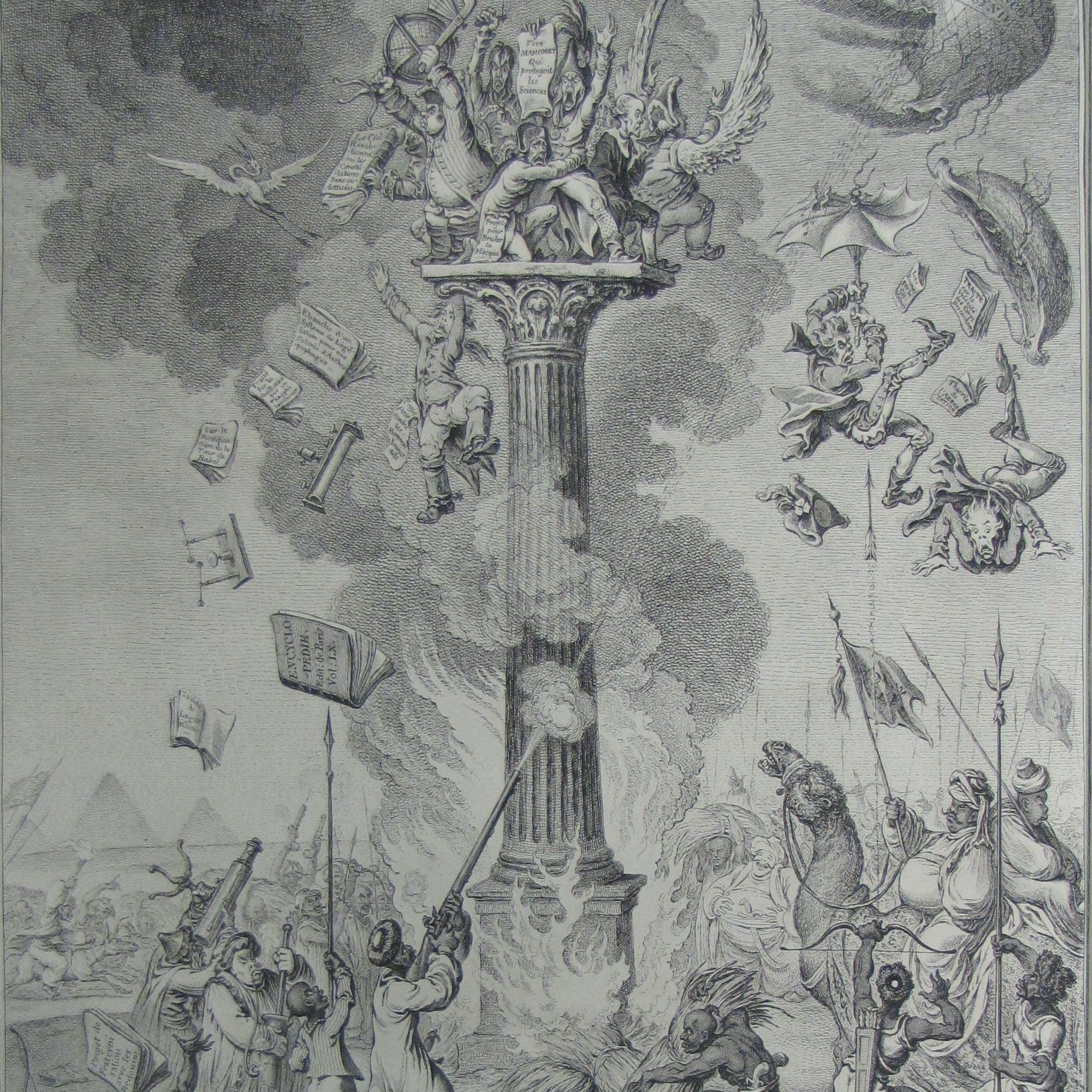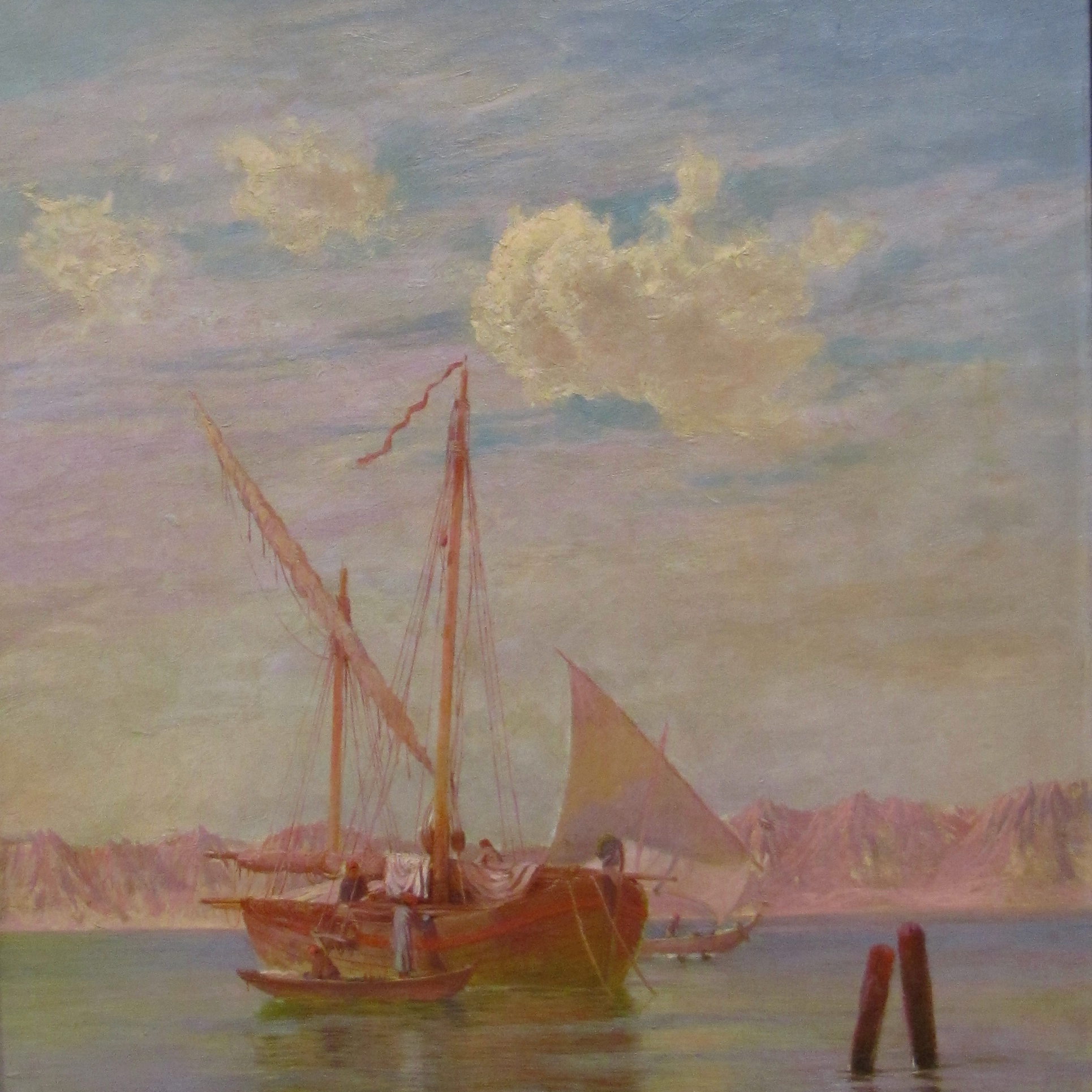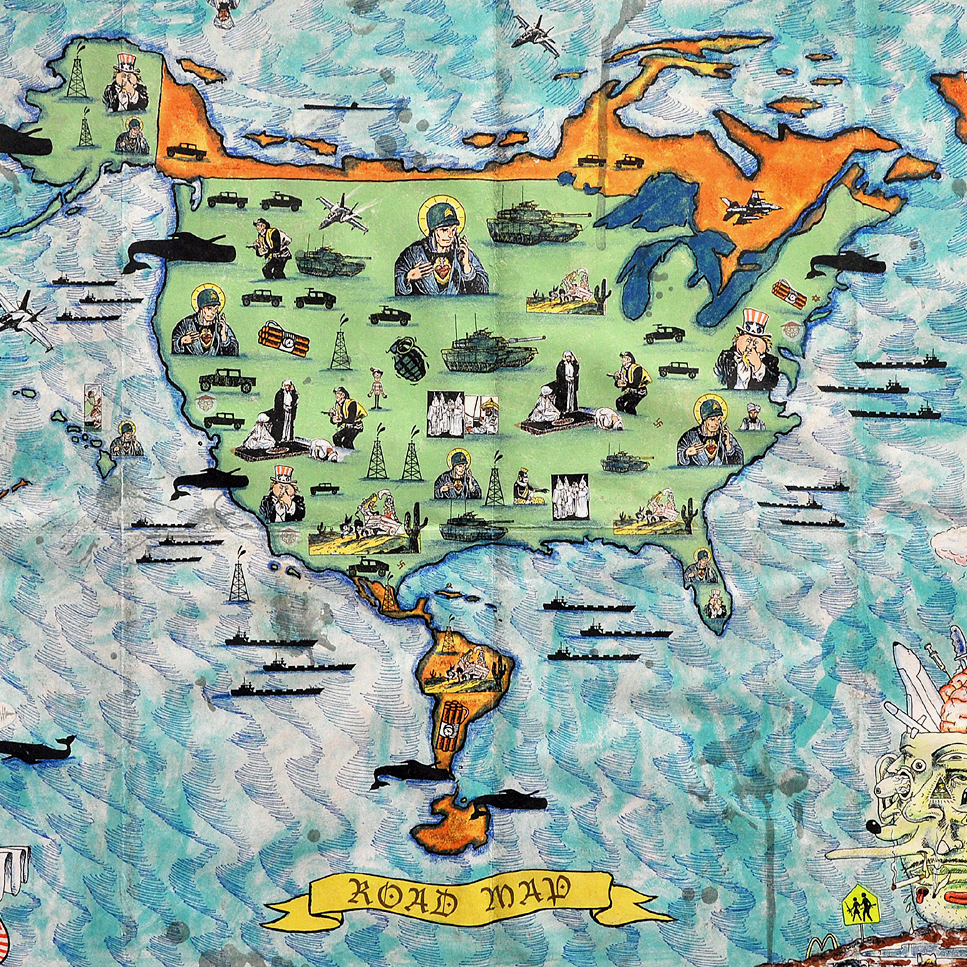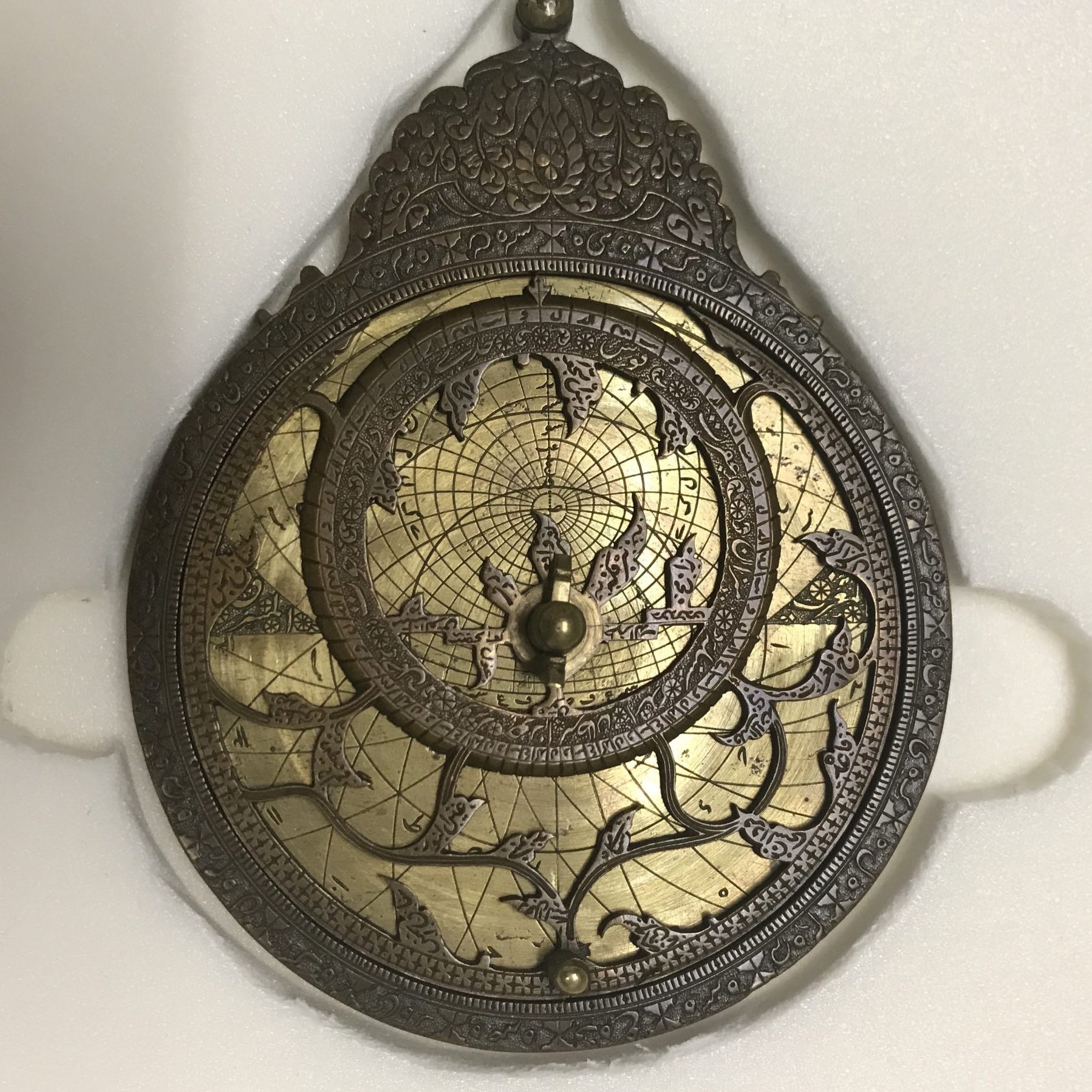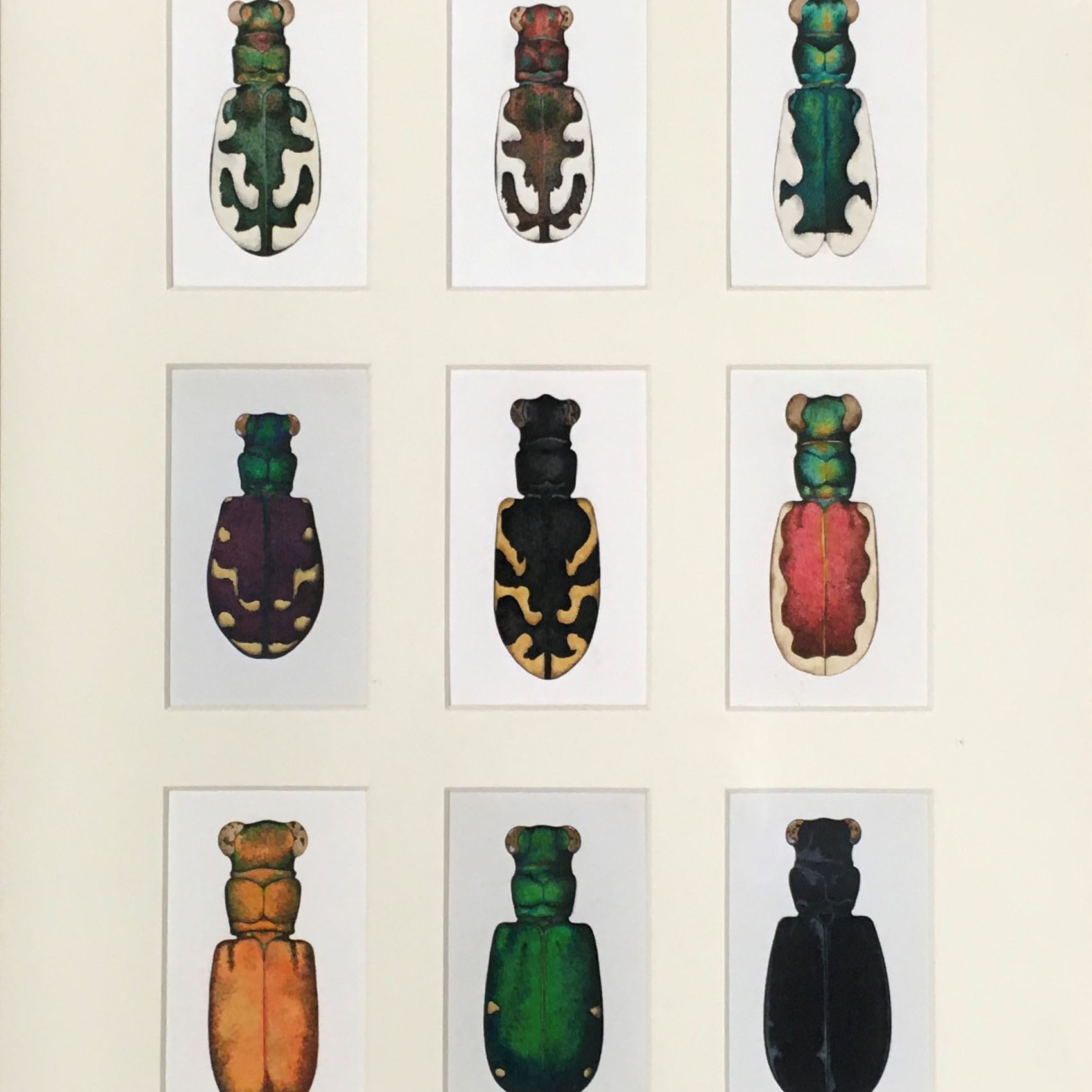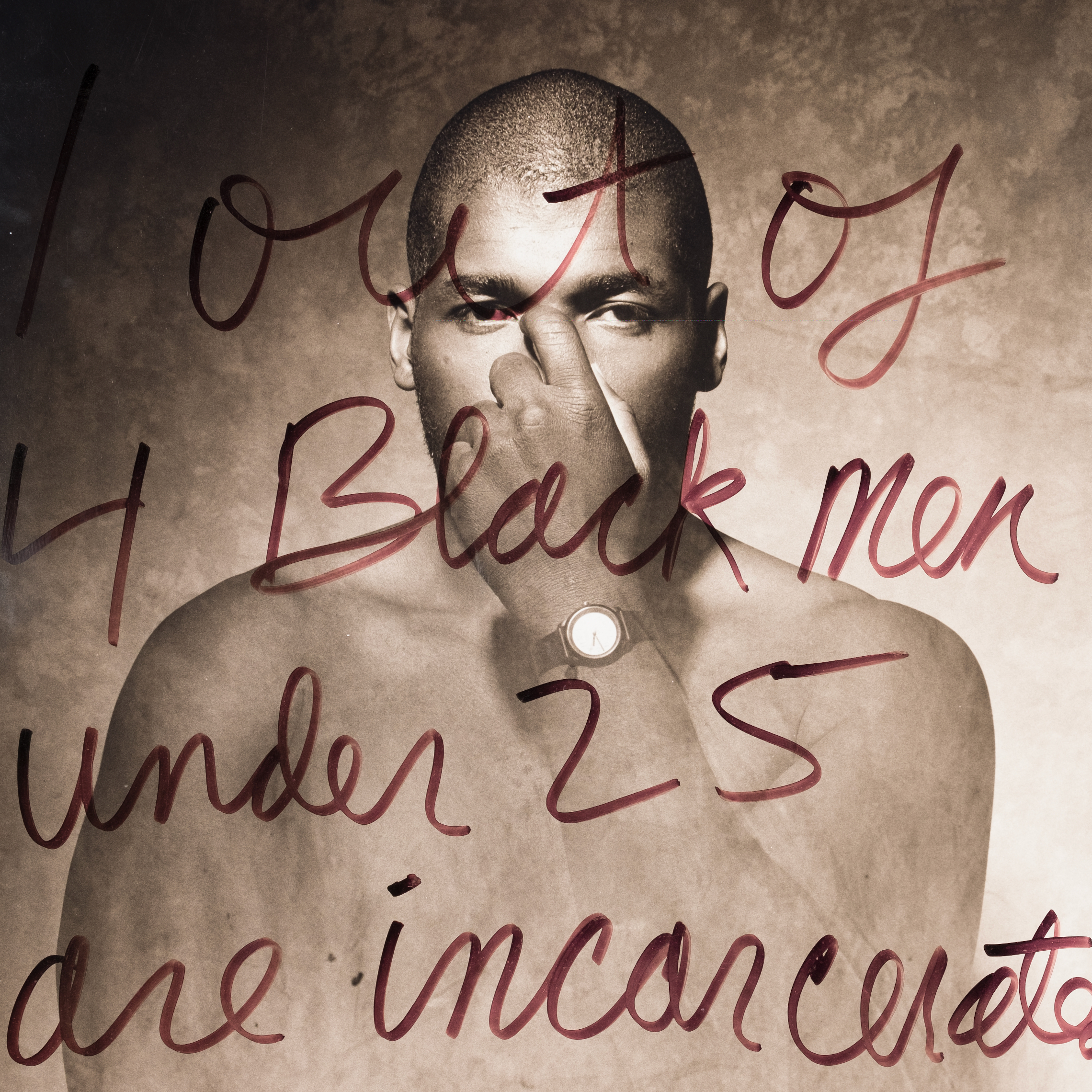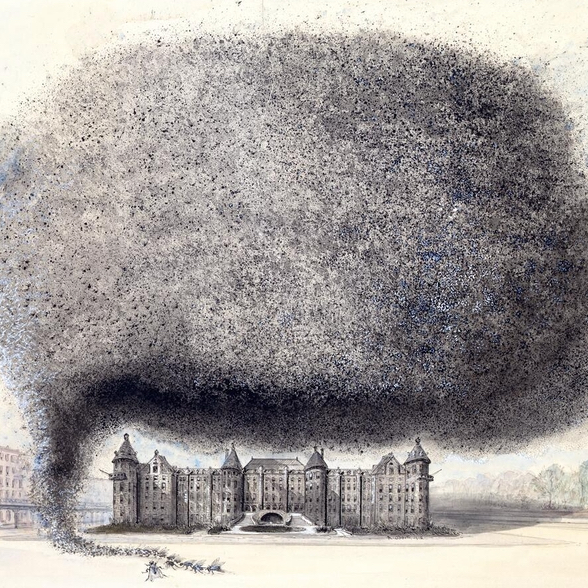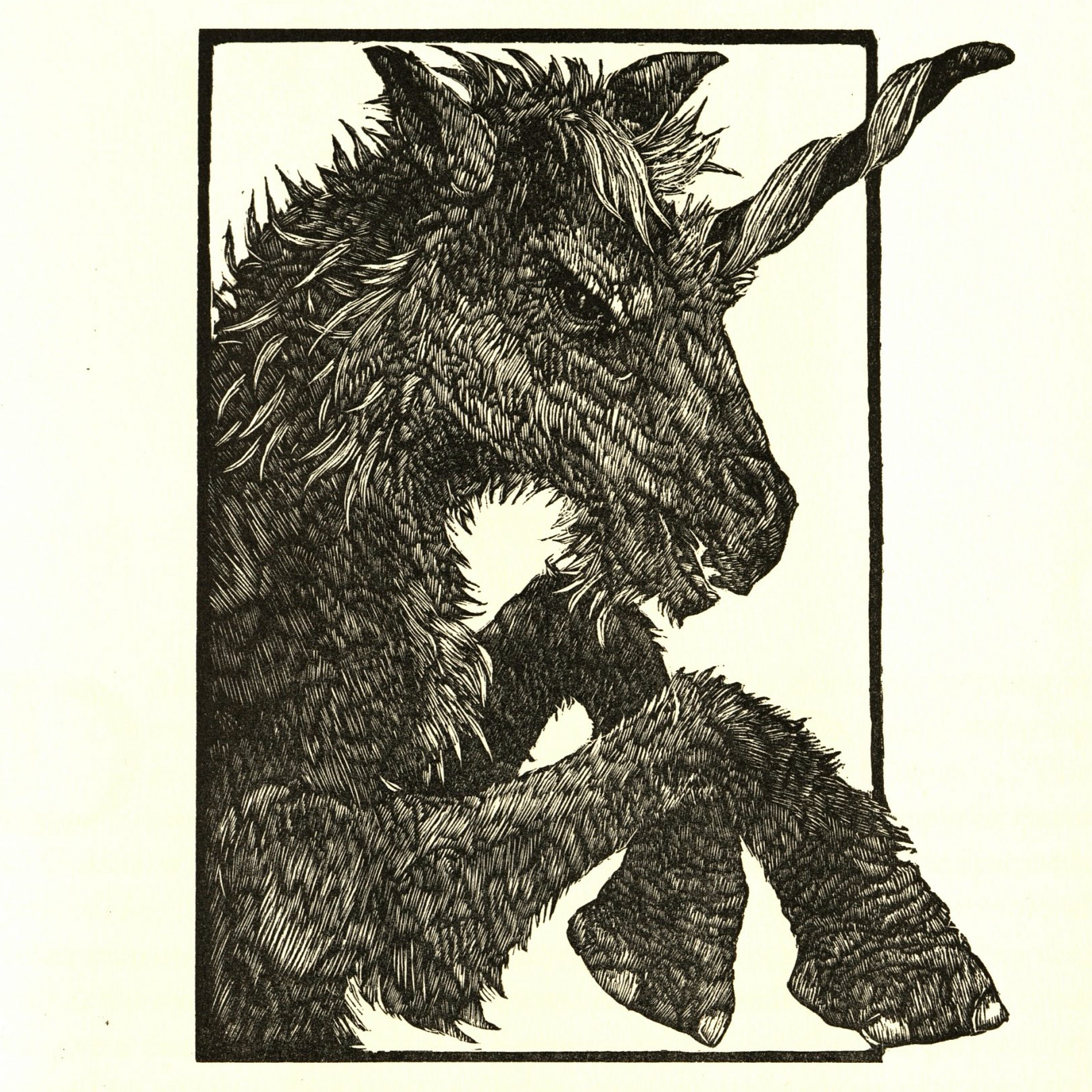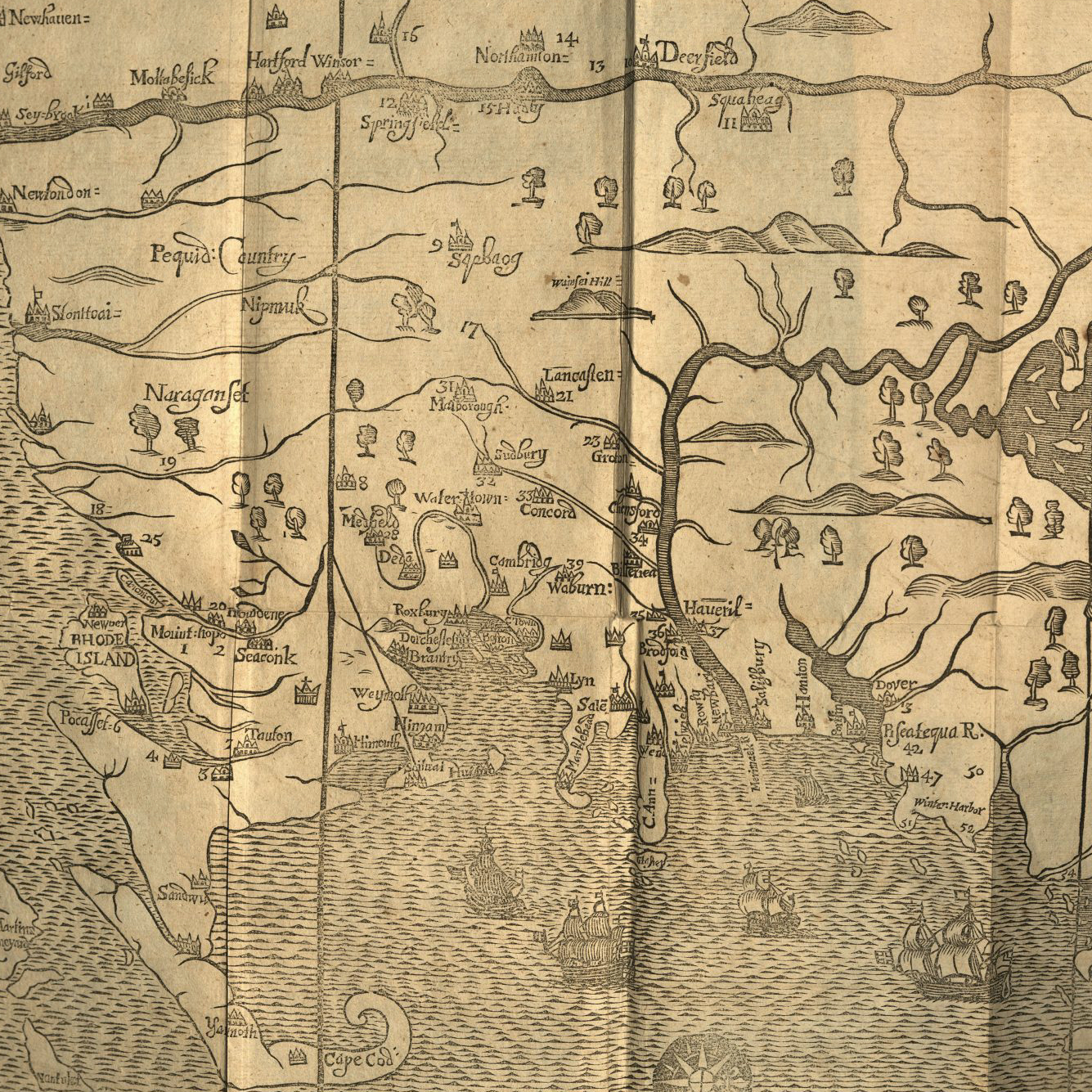An Odd Bestiary, or, A Compendium of Instructive and Entertaining Descriptions of Animals:
Culled from Five Centuries of Travelers’ Accounts, Natural Histories, Zoologies, &c. by Authors Famous and Obscure, Arranged as an Abecedary
Alan James Robinson and Laurie Block
1982
Easthampton, Massechusetts: Cheloniidae Press
Artist Alan James Robinson and editor Laurie Block play on the bestiary—an illustrated compendium of animals that was popular in the Middle Ages—in An Odd Bestiary (1982). Medieval bestiaries were notorious for listing fictional animals, such as griffins and unicorns, alongside known animals, because their creators sometimes used descriptions of animals from myths, religious stories, and travelers’ tales, rather than empirical observation, to generate their entries. An Odd Bestiary celebrates this legacy by highlighting the artistic and inventive merits of these old documents. As Block, who penned the introduction and annotations to Robinson’s wood engravings, writes,
Most of the authors were voyagers and travelers. Some were respectable diplomats and tradesmen; others were soldiers and explorers; and still others were pirates, tale spinners, and divines. The texts themselves express the astonishment our authors felt at having discovered an Earth inhabited by fauna, flora, and peoples as fantastic and awesome in their reality as any of the fabulous creatures their cultural legacy had produced.
It was not an easy task for these writers to describe the wonders and novelties they encountered. They had to portray in words what they saw, or thought they saw, knowing the sights before their eyes were absolutely unfamiliar to the folks back home. They wrote down their observations without the aid of an accepted zoological language, and the results often sound like verbal caricatures to the modern ear.
Here, Block observes the imprecision that marked the early process of discovery and transmission of knowledge about the natural world, but this imprecision also created room for fantasy and wonder. Scientific inquiry has slowly looked to solidify, categorize, and decode the natural world and has eroded the intensity of its mysteries. Robinson’s works, in their beautiful detail and dynamism, seek to recapture the emotional truth of the experience that early audiences would have felt learning about the natural world by creating a bestiary that is alive and wild. Not mere specimens taxidermied and hung on a wall, Robinson’s animals burst from their compendiary frames and into our imagination, inspiring perhaps a more capacious understanding of our world and potential.
Written by Daniel Pfeiffer with assistance from Kristin Eshelman
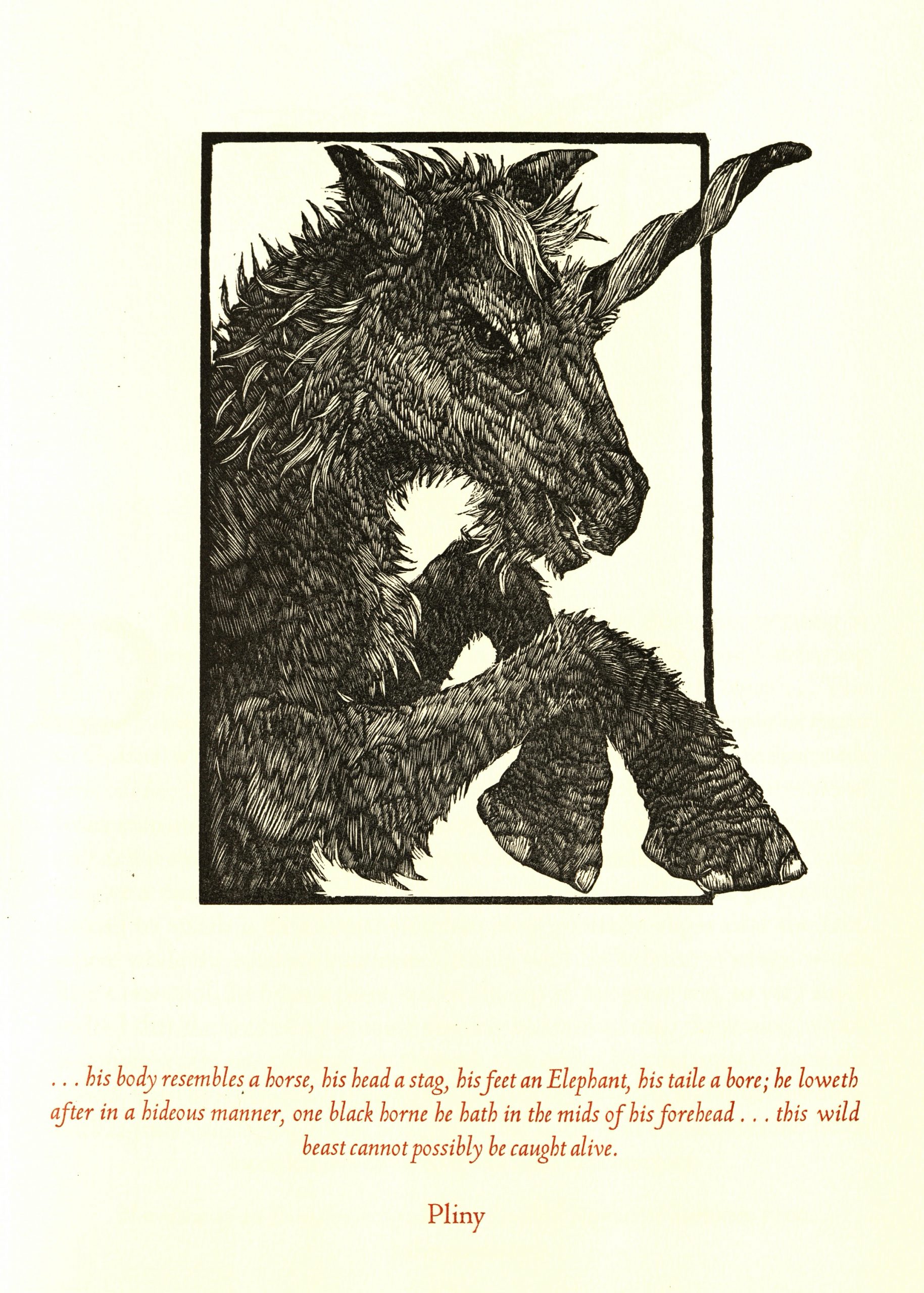
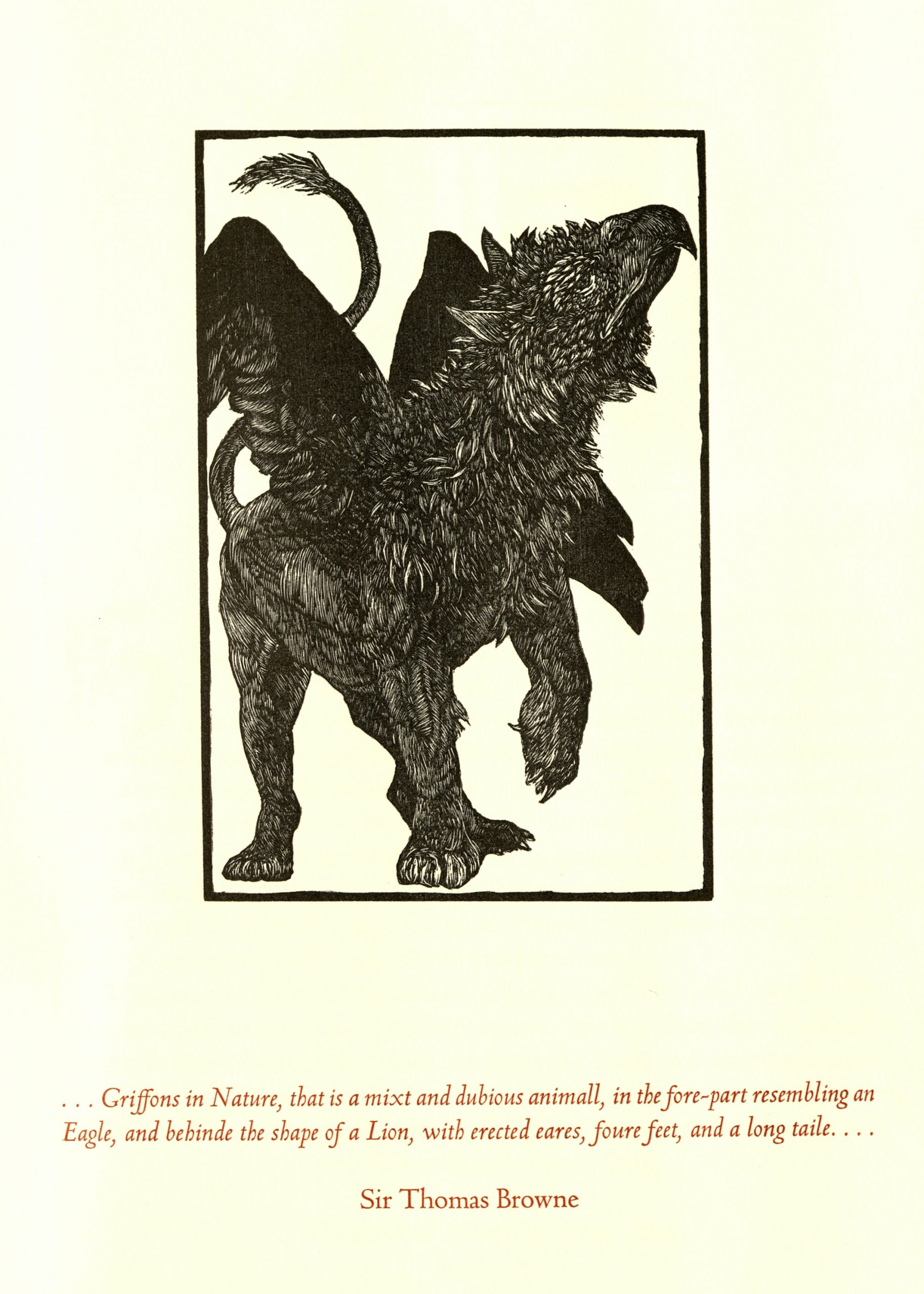
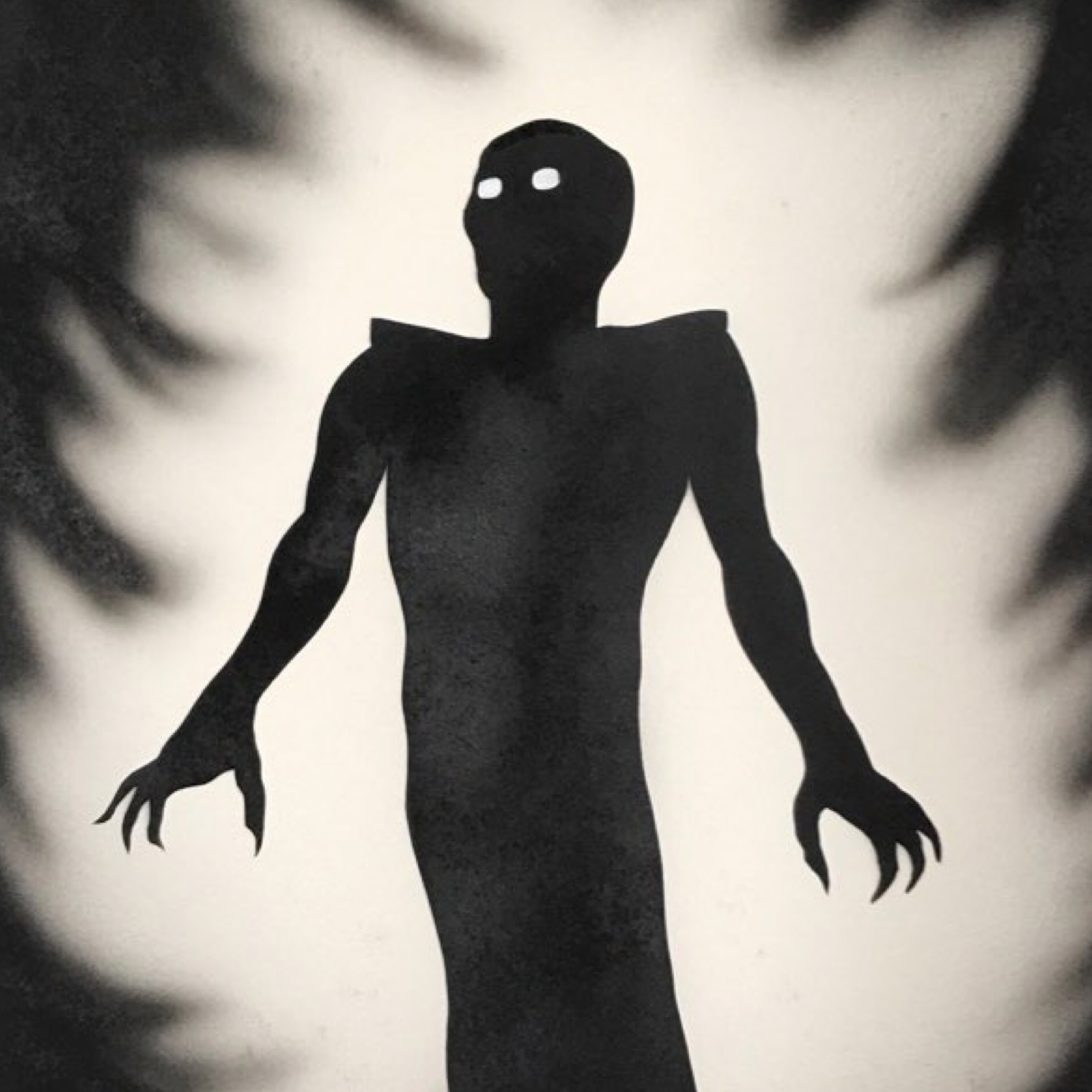
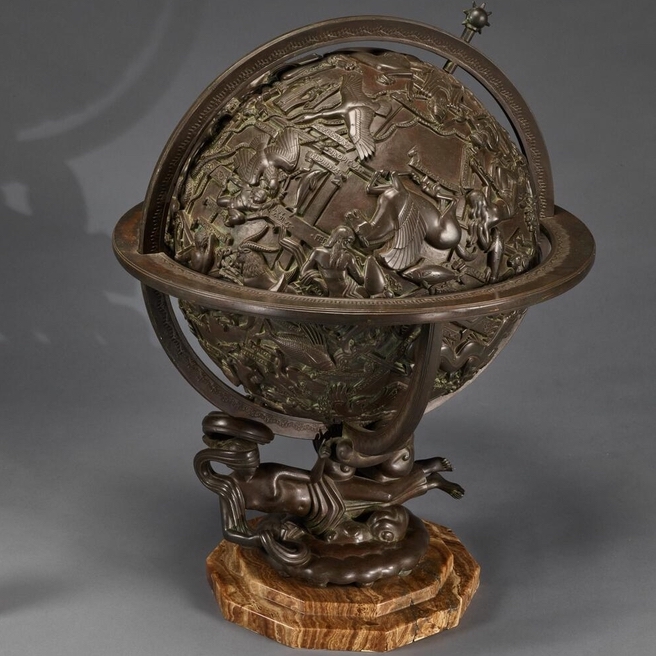
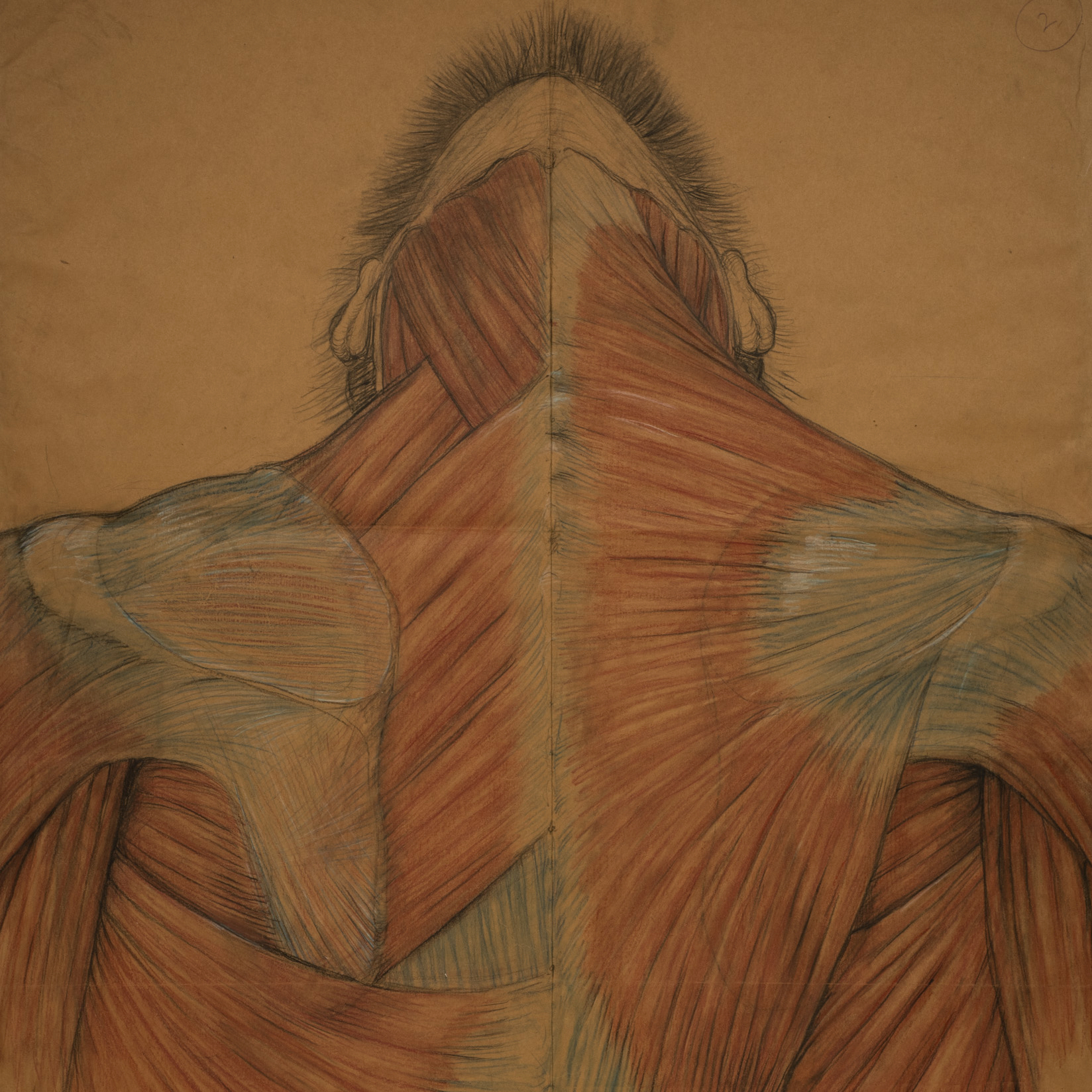
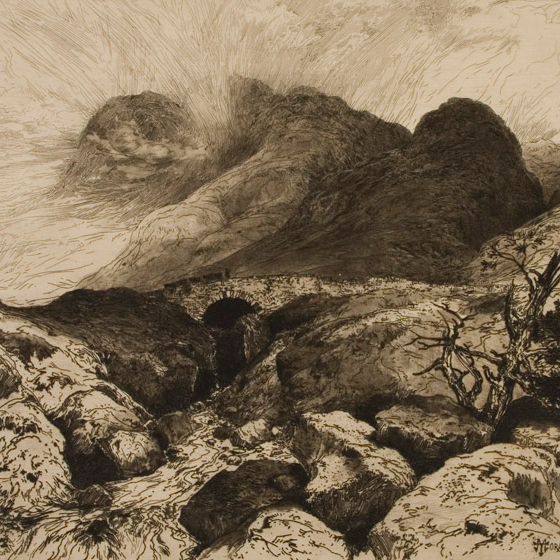
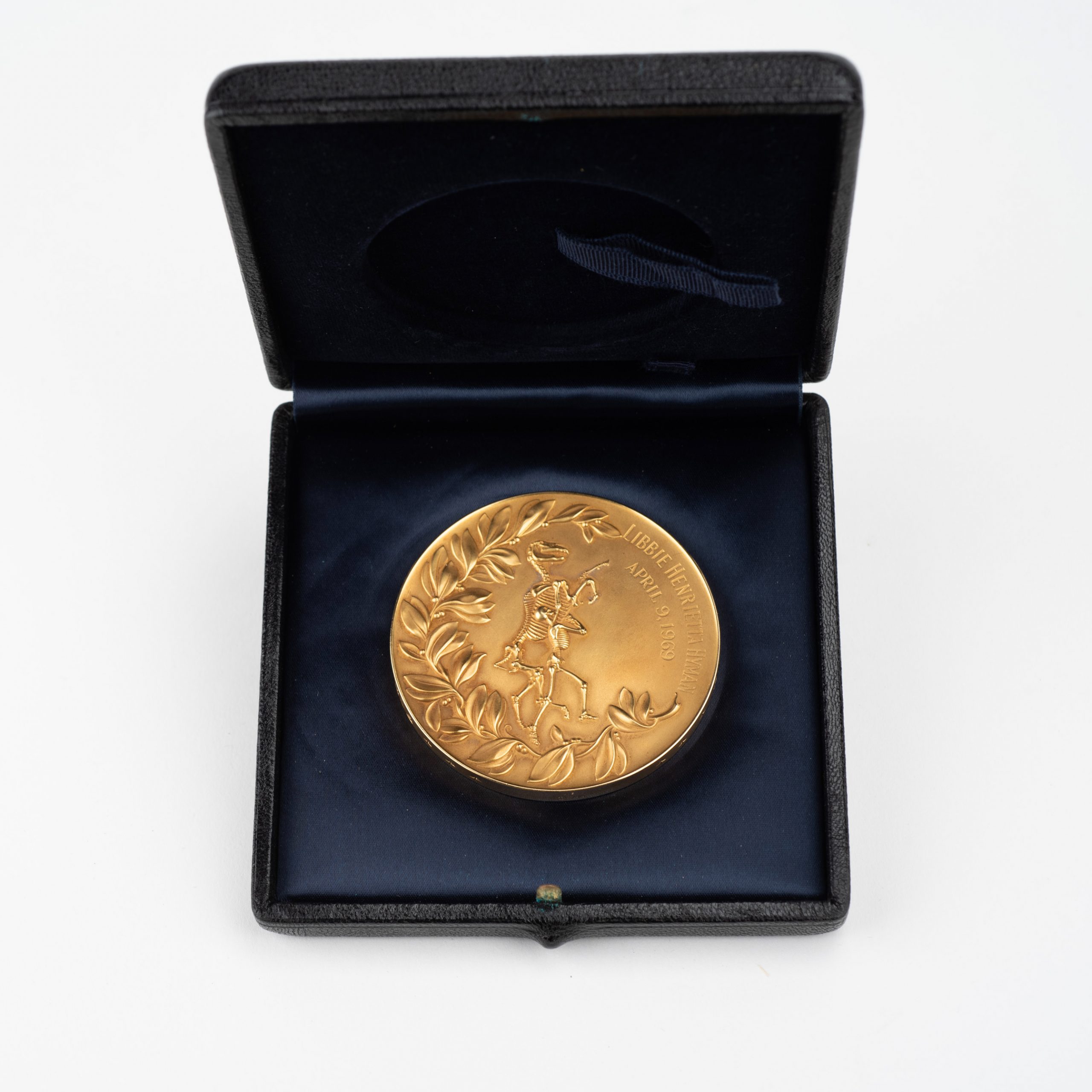

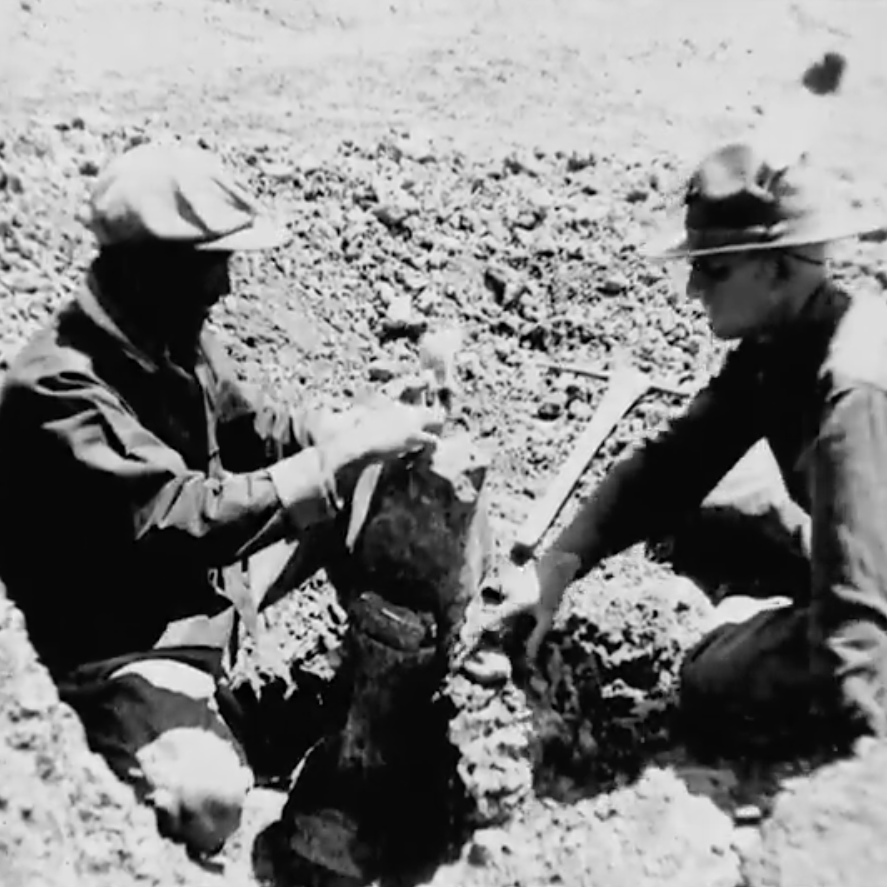
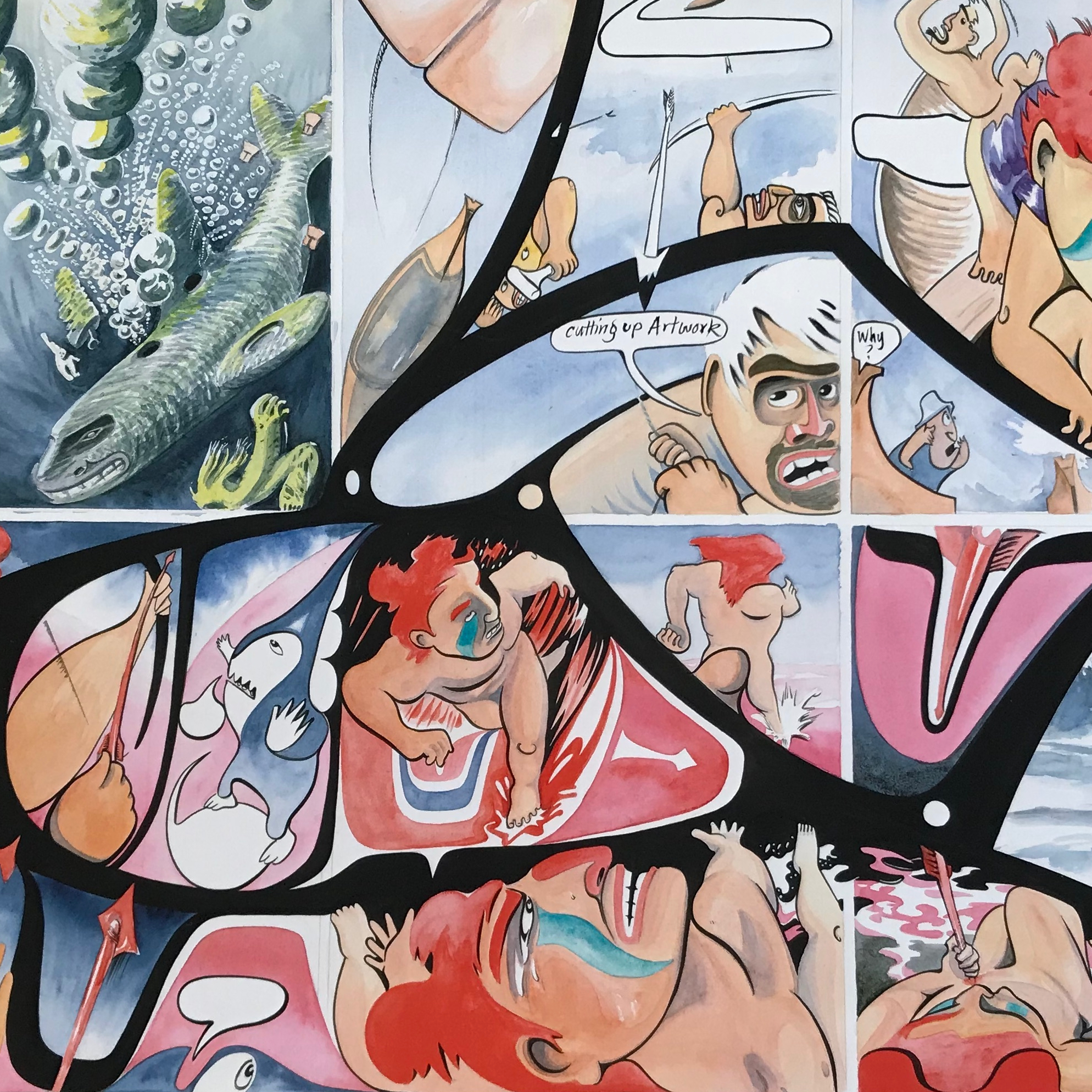
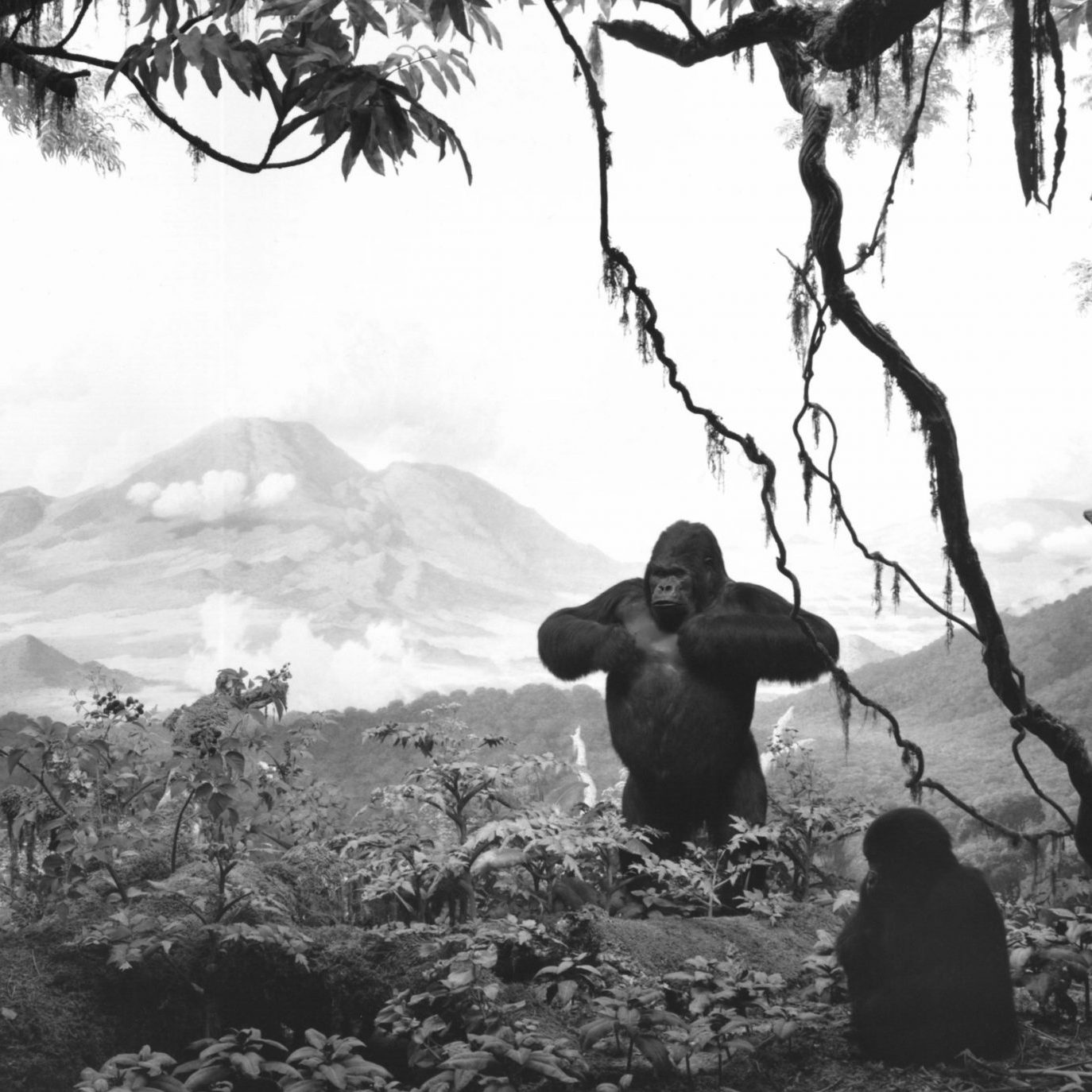
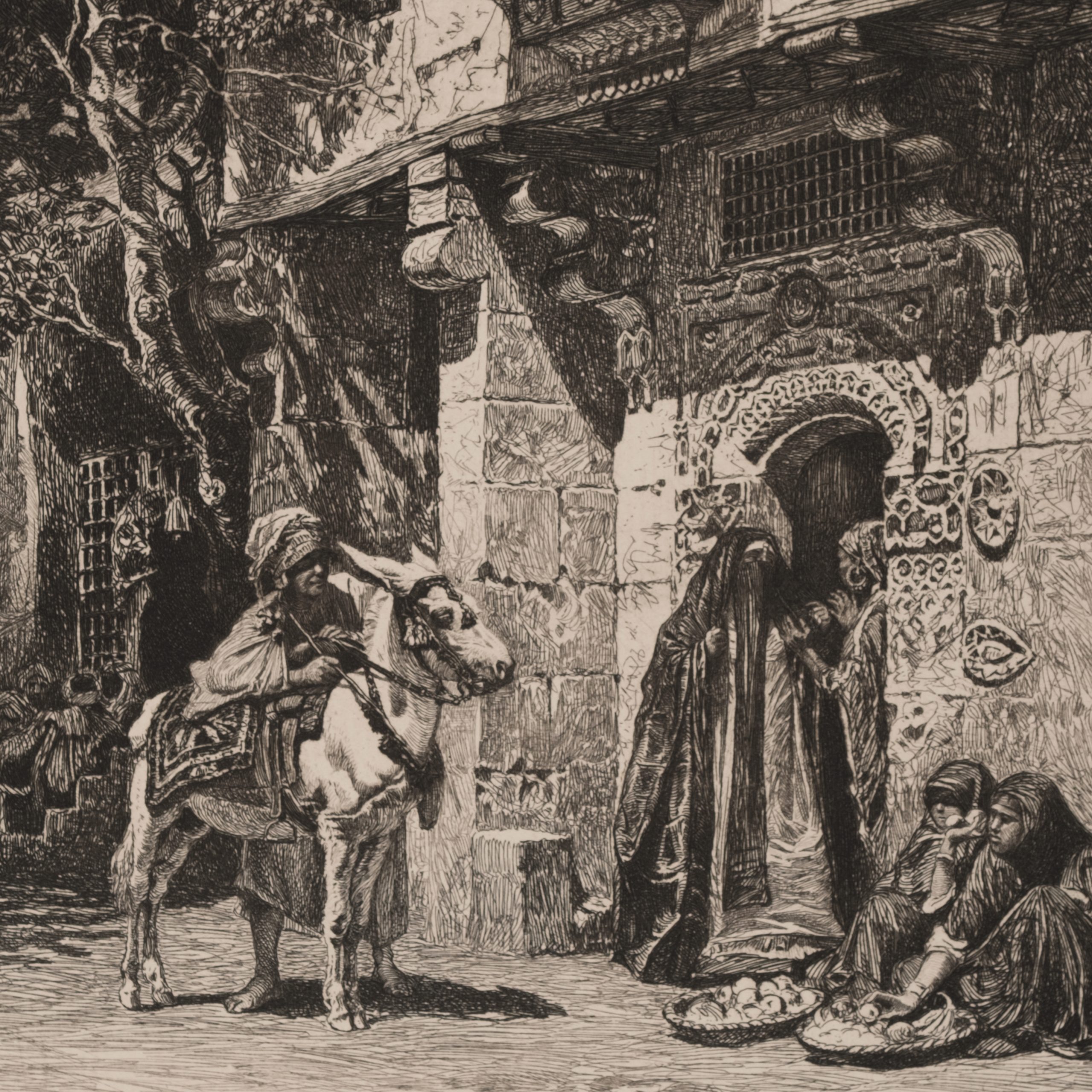
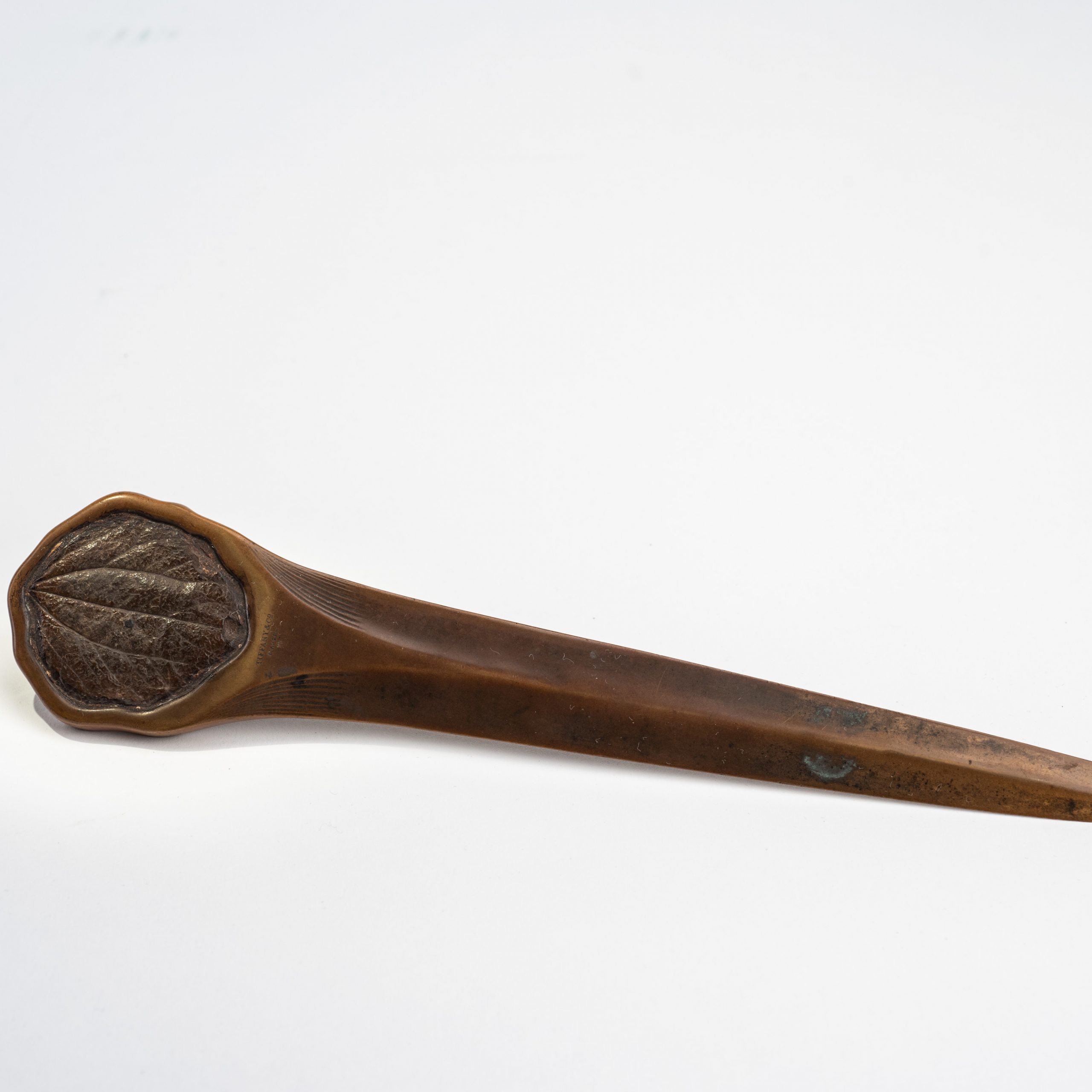
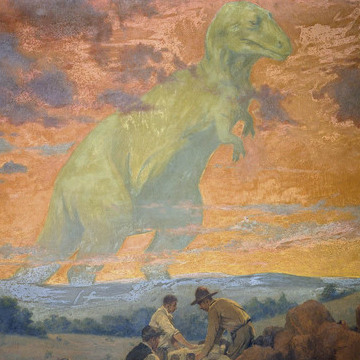
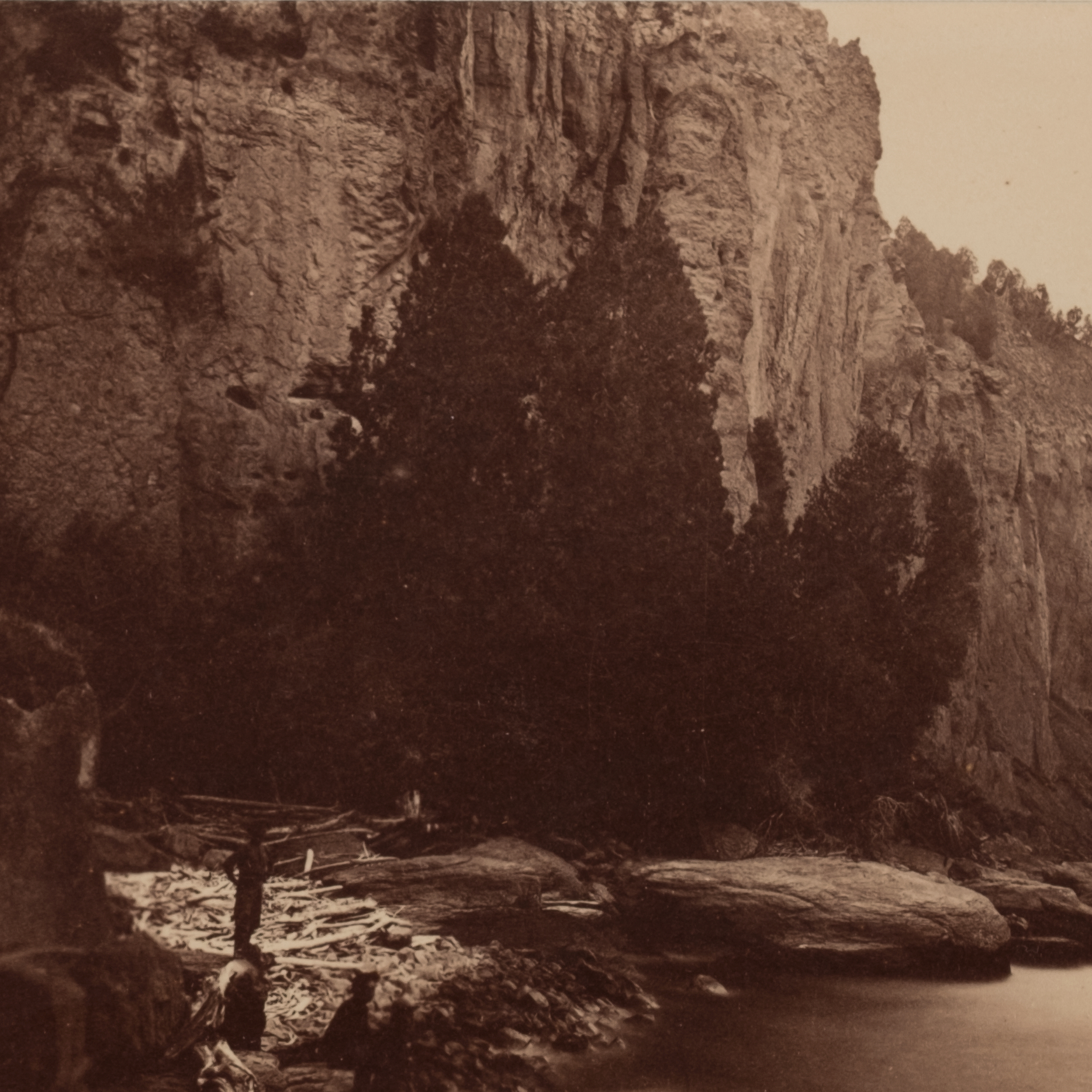
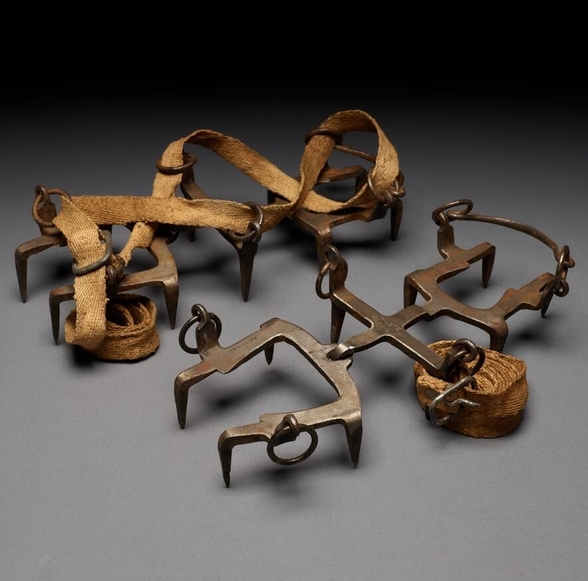

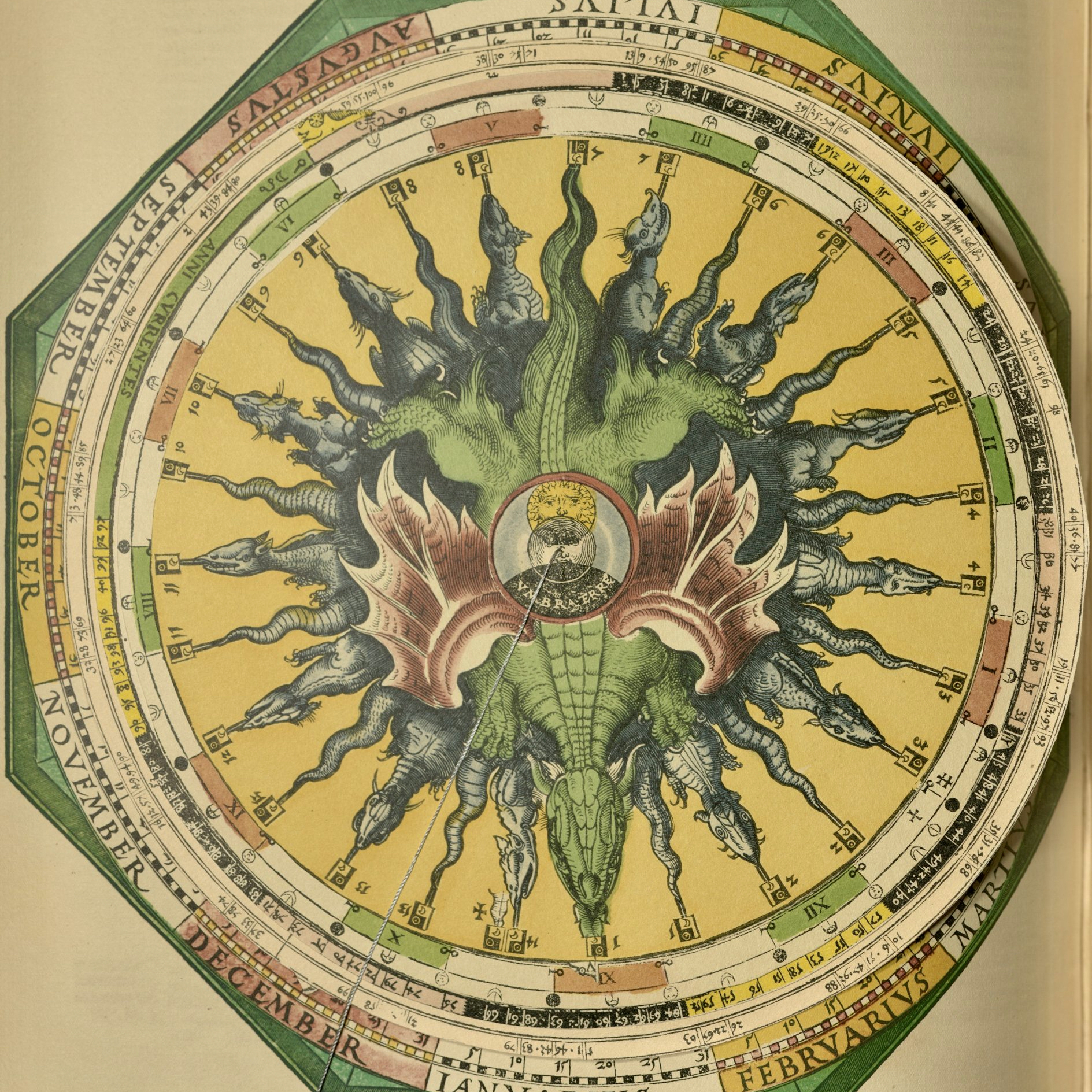
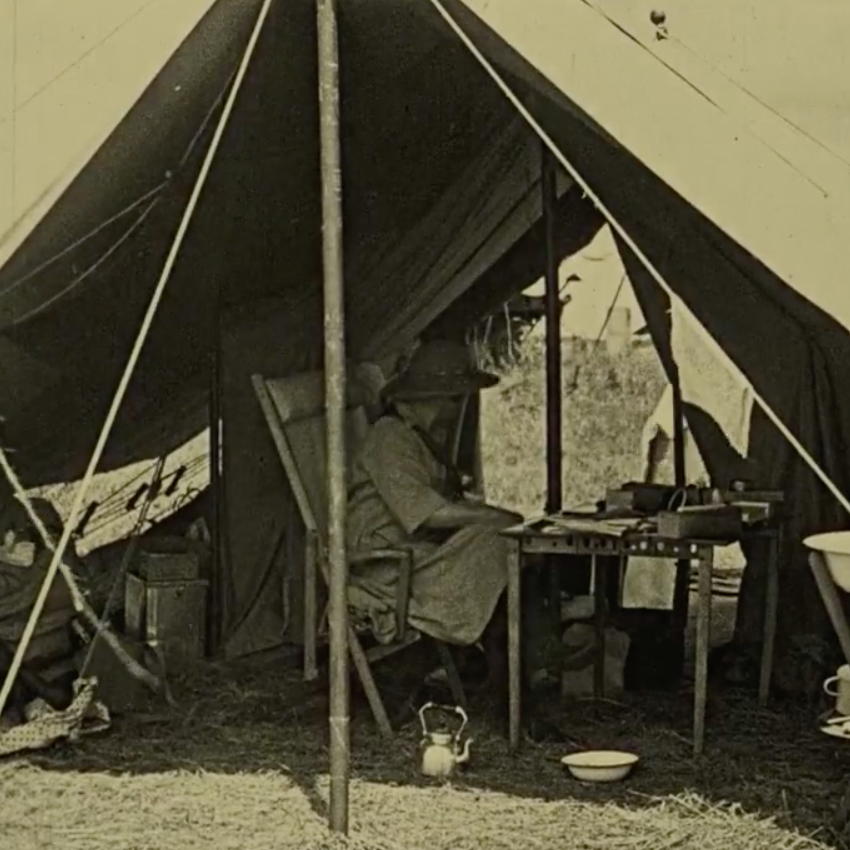

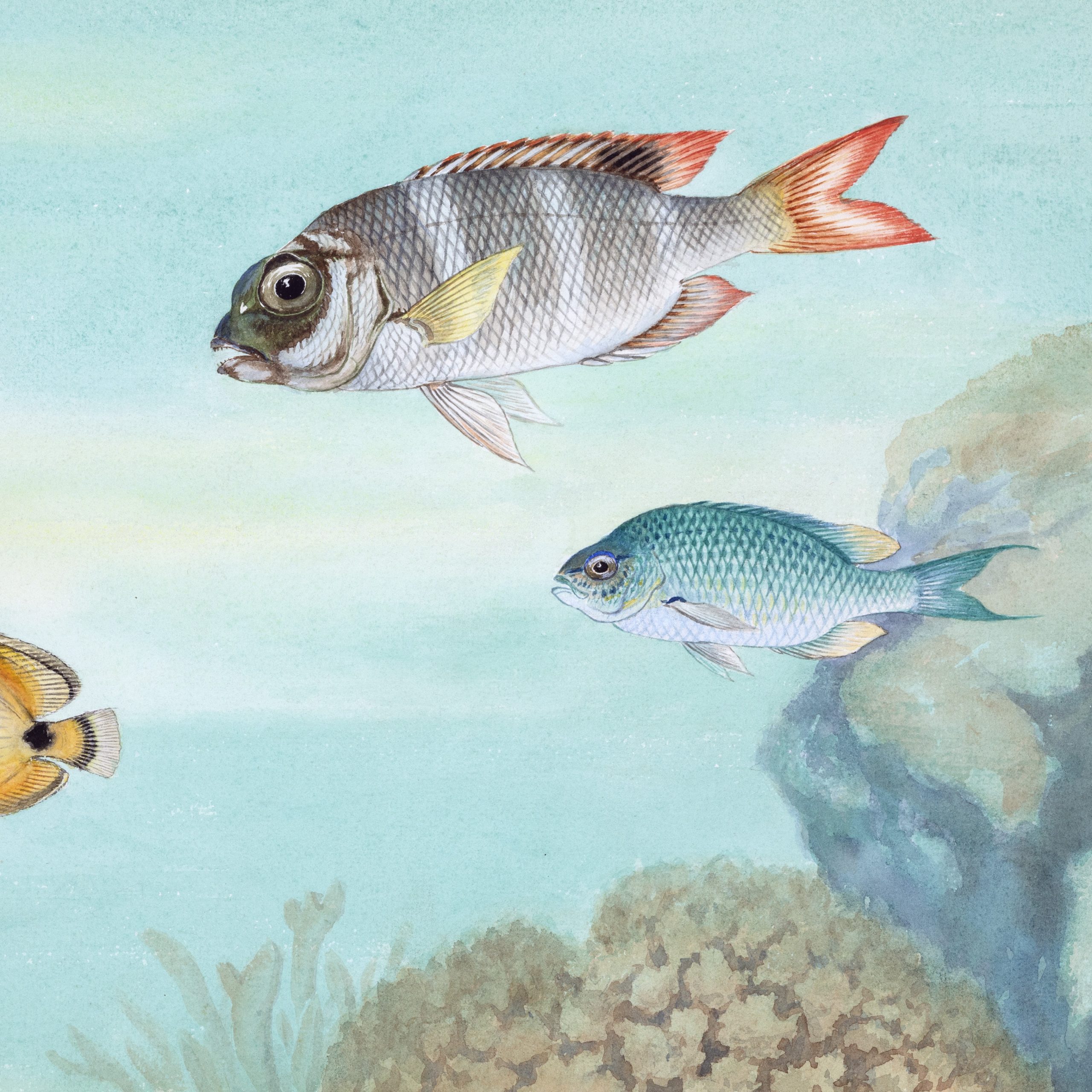

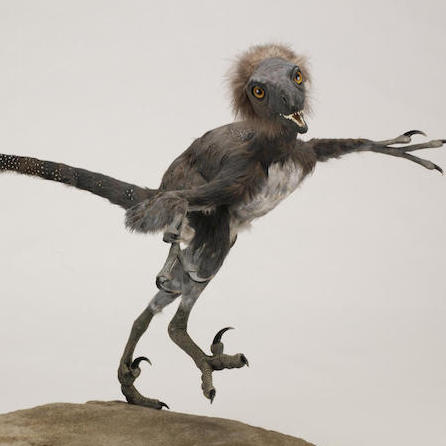
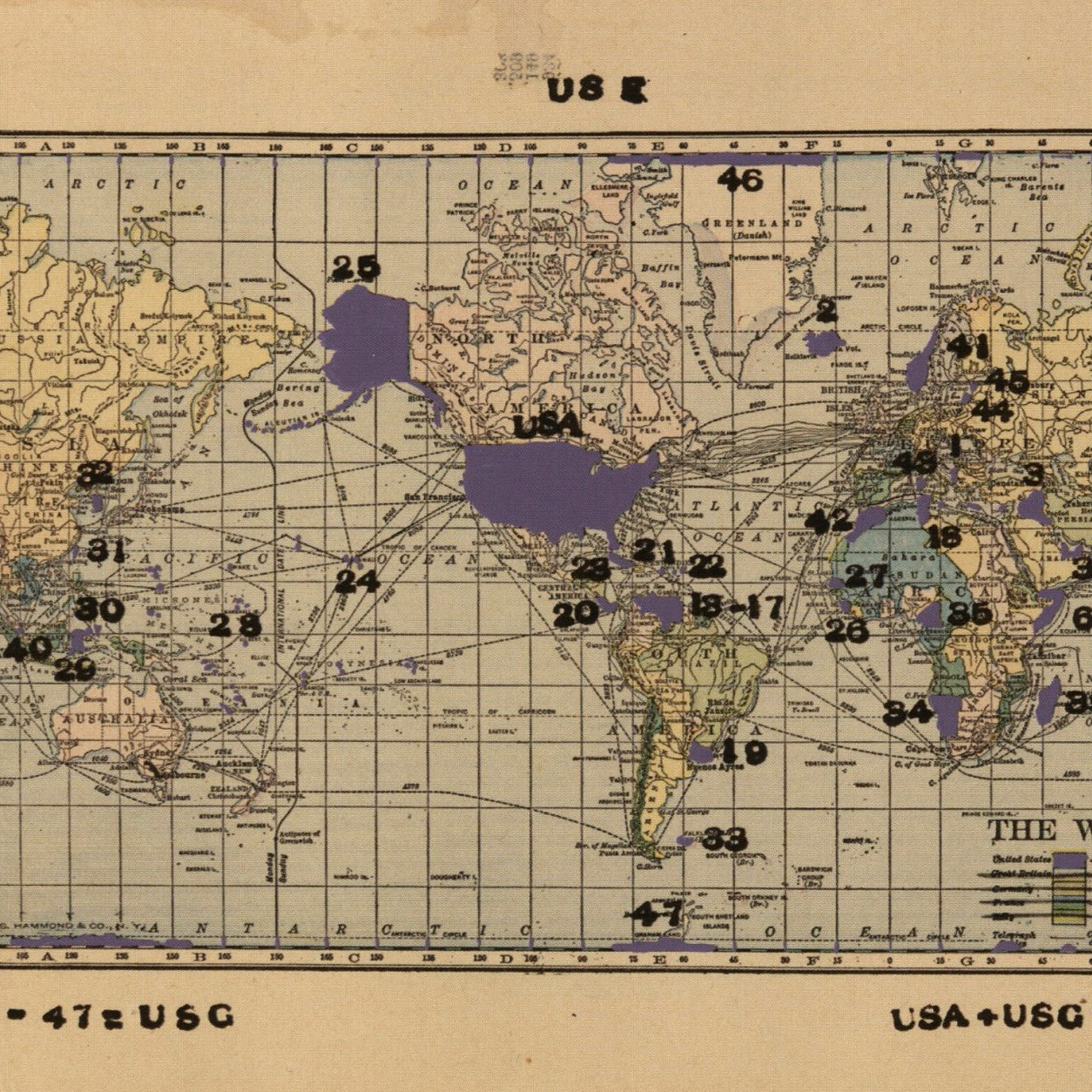
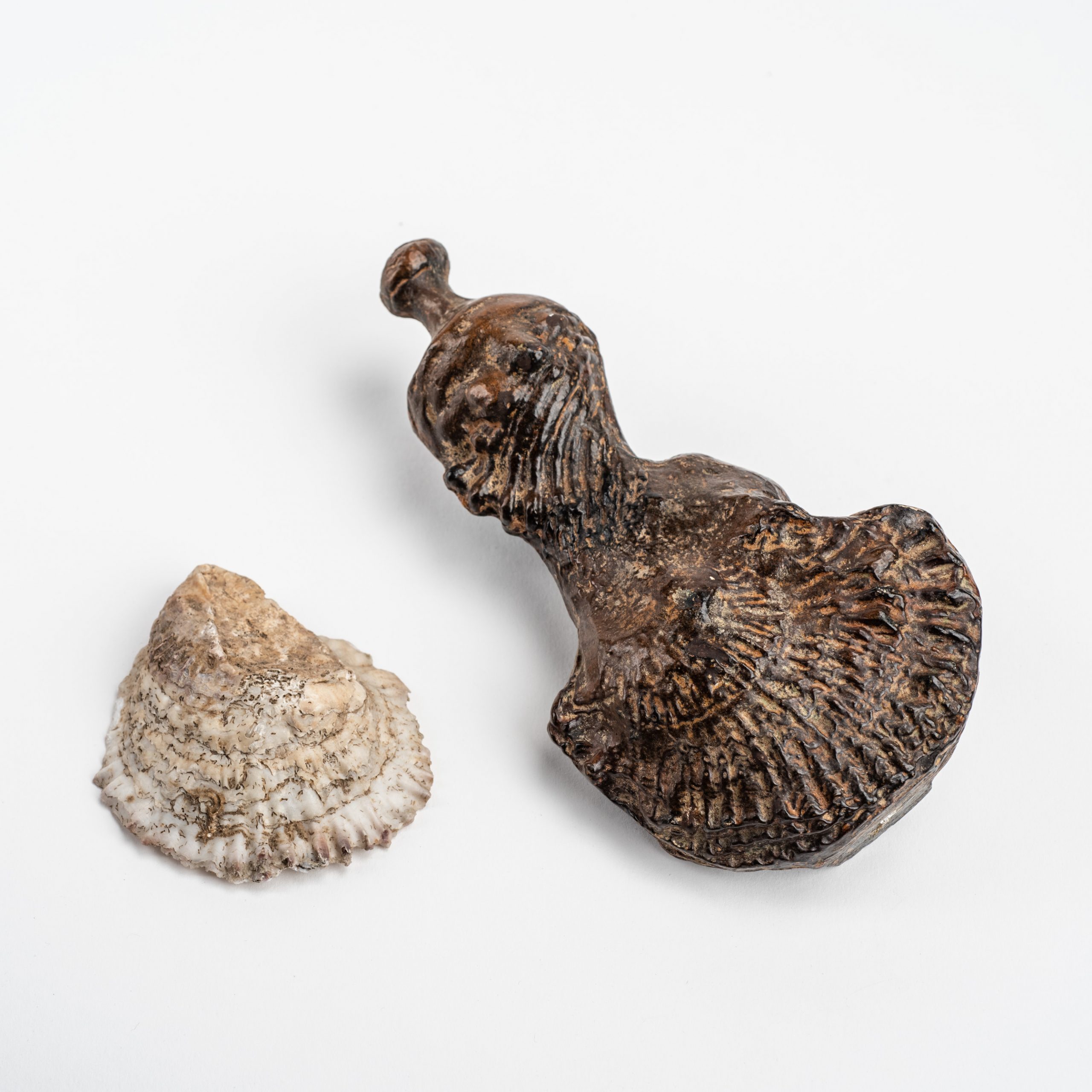

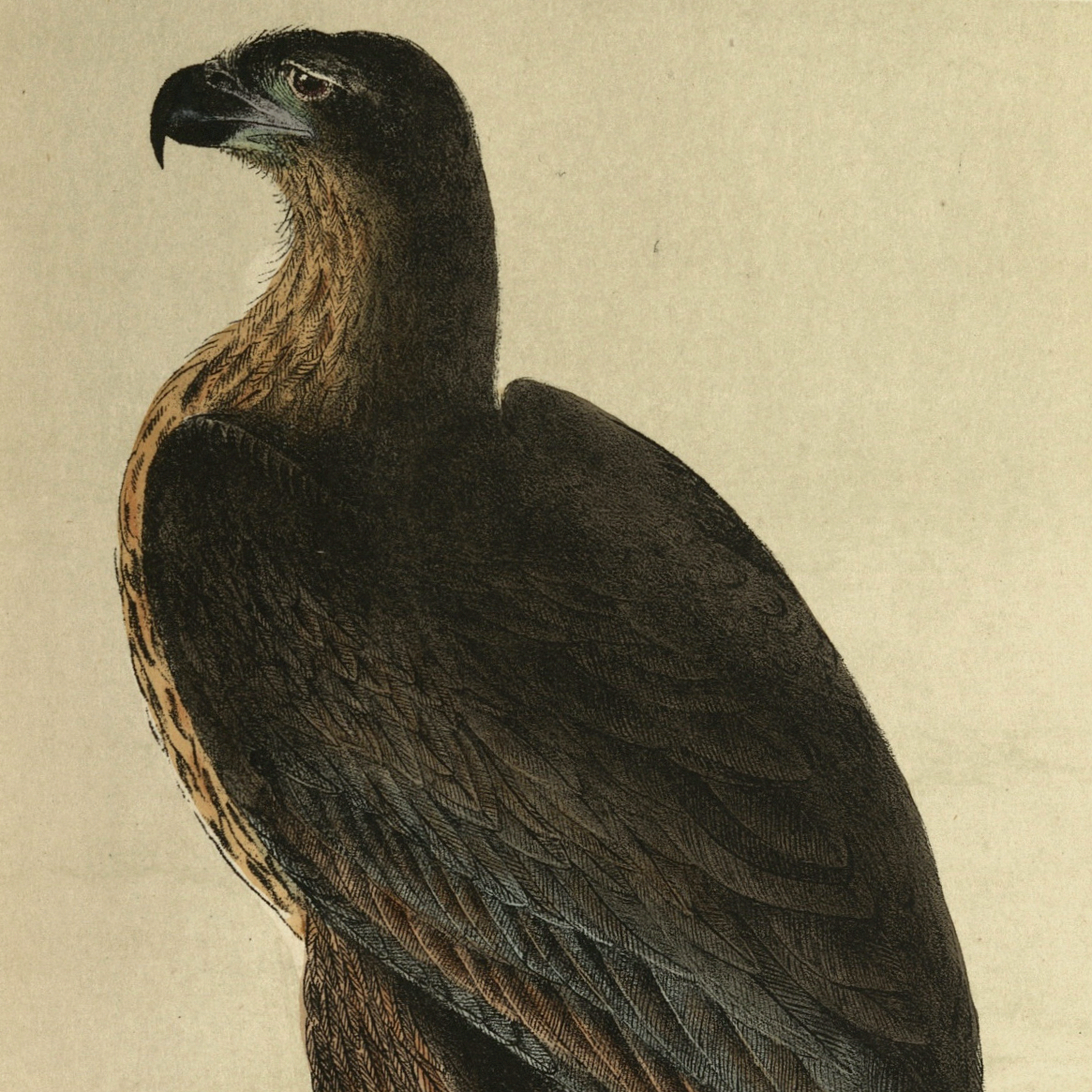
![Howard Russell Butler's [Hydrogen prominences]](https://futureoftruth.media.uconn.edu/wp-content/uploads/sites/2921/2023/01/k6584-square.jpg)
